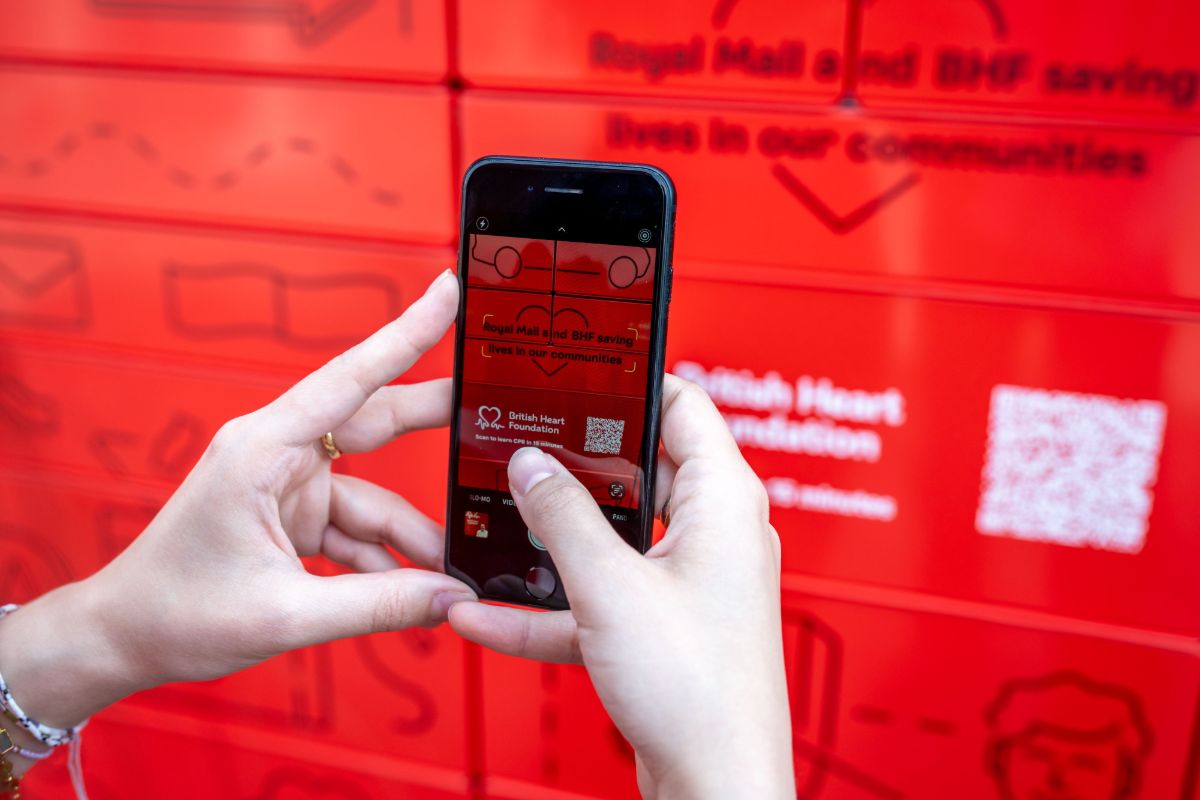What do shoppers expect when they deal with retailers and what they actually get? Chloe Rigby investigates
Today’s shoppers are better connected than they ever have been, with a level of engagement that retailers are working hard to match. Connected shoppers now expect a greater number of more convenient ways to get in touch and interact with the retailers and brands they buy from. Underlying this is an expectation of ever-increased convenience that enables them to buy in the way that works for them. This expectation, in turn, is prompted by the development of technology.
Some 80% of UK adults now have internet access at home and while this is most widespread among younger adults, it also extends to older generations. More than half (53%) of over-74s are internet users, according to Ofcom’s The Communications Market Report 2017. In the UK, the report found, adults are more likely to have a smartphone to hand than any other device, since 76% of adults own one – well ahead of the 64% that own a laptop, the 58% that own a tablet and the 29% that own a desktop PC. The concentration of smartphones is highest among younger adults: 96% of those aged between 16 and 24, and the same proportion of those aged between 25 and 34 own one, said Ofcom. Overall, 66% of people use their mobile phone to access the internet, while 18% of adults live in a mobile-only home.
Technology is changing fast and as it does so, it drives changing customer behaviour. These are on-the-go customers who want to be able to get in touch or engage quickly via their phone because quite a lot of the time, it’s the only device they own. This may also mean that they want to get in touch via a range of social media, via
a phone call or via email.
Retailers and brands are responding to these on-the-go customers, RetailX research shows, by offering a wide choice of channels for them to contact or engage with the brand. The most commonly offered are Facebook and Twitter, both offered by 98% of Top500 retailers, while 96% enable shoppers to get in touch by phone and 95% by email. Indeed, the median Top500 retailers enables shoppers to engage with them via eight channels – from a web submission form to a blog and other social media platforms. This meets the needs of shoppers who have questions they want answering, from product information to delivery updates. But whatever the approach they prefer, there’s little doubt they’ll have a better experience if their query is answered promptly and accurately.
This demand to engage is part of a wider, growing appetite for information that is also met as retailers share more information about themselves, through blog posts and social media interaction, and as other customers share their experiences, through product reviews, star ratings or through social forums.
Considering the message
Shoppers are becoming more choosy about which email messages they’ll sign up to receive, data from the DMA’s Consumer Email Tracker of 2017 suggests. The organisation, in a survey with more than 1,000 responses, asked consumers how ready they were to sign up to receive marketing email from brands, shops or sites. They found that while more than half (54%) said they always or often signed up in 2016, that figure had dropped significantly – to 14% – by 2017. While 10% of consumers were signed up to receive 31 or more emails at their personal email addresses, and 2% to that number from work addresses, 74% received no emails at their work addresses and 7% were not signed up to any emails from their home addresses. But 93% of consumers were signed up to at least one marketing email, while the average consumer had signed up to 12.
As a result, found the DMA, 78% believed they receive fewer than 10 marketing emails a day. When asked what kind of content they liked to receive, participants answered – in order of popularity – discounts, cited by 63% of respondents, rewards (51%), free gifts (48%), free delivery (46%) and competitions (33%). “The focus on discounts by the consumer is unsurprising, as receiving the offer for something for free or a discount will always generate interest,” said the report. “However, for the businesses involved, making only these types of offer will impact ROI and marketers have regularly reported that these methods are not the best performing.” By contrast, its Marketer Email Tracker found trustworthiness (39%), competitions (26%) and the offer of exclusive content (23%) were the three most effective approaches.
As more companies comply ahead of the May 2018 deadline, with GDPR legislation requiring email marketers to have explicit consent to send messages to individuals, it may prove that retailers find that as their messages go to opted-in recipients, they become more likely to open them.
Looking back at the DMA research, it’s also worth noting that in 2017, 46% said a loyalty programme was a good reason to share an email address – up from 30% in 2016.





